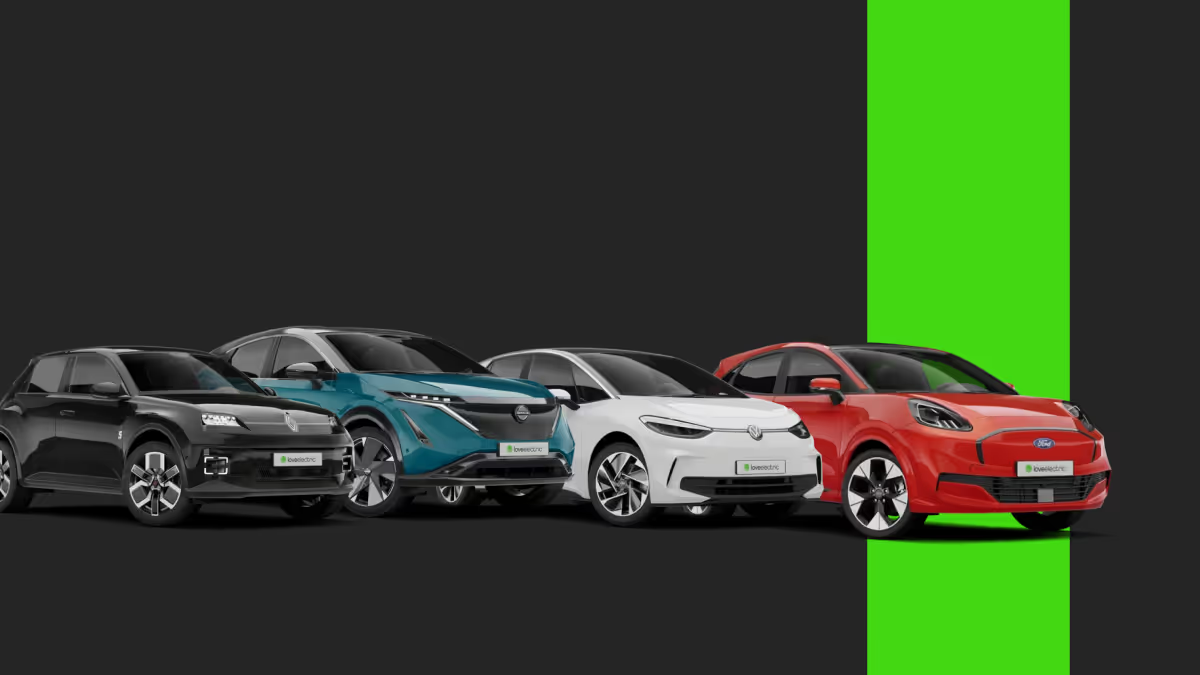Key Takeaways from COP27

With each passing Conference of the Parties of the UNFCCC - better known as COP - the urgency of climate action grows increasingly clear. The window of opportunity to keep the global temperature from rising by 1.5C grows narrower by the day.
COP27 is arguably the most important meeting of nations the globe will see, with the opening statement from President von der Leyen sending a stark message:
“The climate is changing faster than our capacity to adapt. So the world must deliver better and faster. The global fossil fuel crisis must be a game changer. And my friends, let us not take the highway to hell; let us earn the clean ticket to heaven. That is our responsibility.”
This stark warning to the world’s leaders set the stage for two weeks of informative lectures, keynote speakers and intense negotiations between countries from every continent. Transport is the largest emitting sector of greenhouse gas emissions in the UK, producing 24% of the UK’s total emissions in 2020 (406 MtCO2e or 406 million tonnes of carbon dioxide equivalent.)
The easiest way to reduce your carbon footprint is by going electric.
Below are some of the highlights of COP27.
Why keeping the temperature from rising by 1.5C is so important
The overarching goal of COP27 is to limit the globe’s temperature from reaching 1.5C above pre-industrial levels. Currently, the figure is around 1.1C, with devastating effects already taking place.
Take the recent floods in Pakistan, for example. The country’s Prime Minister, Shehbaz Sharif, addressed heads of state with facts about the floods, both equally as heartbreaking as they are concerning:
- 33 million people impacted
- Affecting an area covering the size of three European countries
- 7x the average of extreme rain in the south of the country
- 8,000km of metal roads destroyed
- 3,000km of railway track damaged
- 4 million acres of crops washed away
Unfortunately, natural disasters like floods, droughts and tornadoes will become increasingly commonplace and with fiercer intensity if global leaders do not meet climate goals. A research article published by the European Geosciences Union examined and compared the effects between a 1.5C rise and a 2C rise, with the key differences outlined in the infographic below.

As outlined above, even a rise to 1.5C of warming will have catastrophic effects on the globe’s crops, sealife and freshwater supplies. At 2C, nearly the entirety of the world’s corals would be at risk of bleaching, wiping out huge swathes of ocean life.
At COP27, there was increased concern around the language used by global leaders. As reported by the Guardian, “some countries are pushing for a return to Paris language, which centres on ‘well-below 2C’”. Losing the clear target of 1.5C and replacing it with language open to interpretation may lead to an acceleration in climate degradation and broken commitments.
Which countries are the worst polluters?
Every year, the Climate Change Performance Index is released. It compares the climate performance of 59 countries and the EU - all of which cumulatively account for 92% of global greenhouse gas emissions.
5 key takeaways are from the data:
- One of the only positive outcomes from COVID-19 was a sharp decline in global emissions, falling by 5.4% around the world.
- China is the globe’s largest polluter, with the US following close behind. They are also two of the largest producers of oil, coal and gas worldwide - just like the UK.
- Russia’s invasion and subsequent war in Ukraine has had a huge impact on the uptake of clean energy across the globe. Instead of funnelling resources into renewables, countries worldwide are scrambling to find alternative sources of fossil fuels to not rely on Russia’s gas export and fund Putin’s war.
- CCPI has left the top three spots blank, reflecting the fact no country is currently doing enough to hit emissions targets.
- Chile takes 6th place (or 3rd place out of all countries ranked), trailing behind only Denmark and Sweden. This enviable position is thanks to low per-capita emissions and a commitment to net zero by 2050.
JustStopOil
One of the most prevalent anti-fossil fuel movements is JustStopOil. The environmental activists have demonstrated across numerous countries, from climbing gantries on busy motorways to infamous orange-paint publicity stunts.
The group aims to “ensure the government commits to ending all new licences and consents for the exploration, development and production of fossil fuels in the UK”. This is key to achieving the all-important 1.5C temperature limit, but what impact do their tactics have on public perceptions of climate change?
Scientist Dr Michael E Mann surveyed over 2,000 respondents, with 46% reporting that JustStopOil’s choice of protests actually decreased their support for efforts addressing climate change. 40% of those who took the survey stated JustStopOil’s demonstrations had no effect with only 13% reporting the tactics increased their support.
You’re probably breathing polluted air
One of the biggest topics of conversation at COP27 has been air quality. The World Health Organisation hosted a panel discussion about the impact of climate change and subsequent environmental issues on the cleanliness of the air we breathe.
The starkest figure is that over 90% of people breathe air which is polluted beyond WHO air quality limits, causing over 7 million premature deaths. This is especially prevalent in cities and built-up areas, such as London.
We’ve previously discussed the exponential rise in SUVs across the globe in our Ultimate Tesla Leasing Guide, but they are easily becoming the most popular vehicle body type. But at what cost? With carbon emissions from SUVs nearly 10% higher than average, petrol and diesel SUVs have no place in a future where our children aren’t breathing in polluted air.
By one estimate, SUV drivers could collectively save c. 9 million tonnes of CO2 every year by switching to an electric alternative.
Be the change. Switch to an electric car and eliminate your tailpipe emissions: no more nasty NOx and CO2 spewing from your exhaust when picking up the kids or driving through your local town.
Drive the change
We know that the main barrier of entry into all-electric motoring is cost. By removing the deposit and drastically reducing the monthly cost by up to 60%, loveelectric’s employee benefit allows drivers the best opportunity to go green.
With half of all new cars due to be electric by 2025, employers and employees alike have an unprecedented opportunity to lower carbon emissions without making any compromises.
Whether you’re an employer looking to hit CSR targets, improve brand image and retain/attract the best staff, or an employee wanting to save big on fuel costs, leave a better world behind for your children and drive the best the automotive industry has on offer.
There are no two ways about it: loveelectric is the best green employee benefit on offer.
We hope to see even more fantastic incentives for businesses to improve their green credentials from COP27.





.avif)